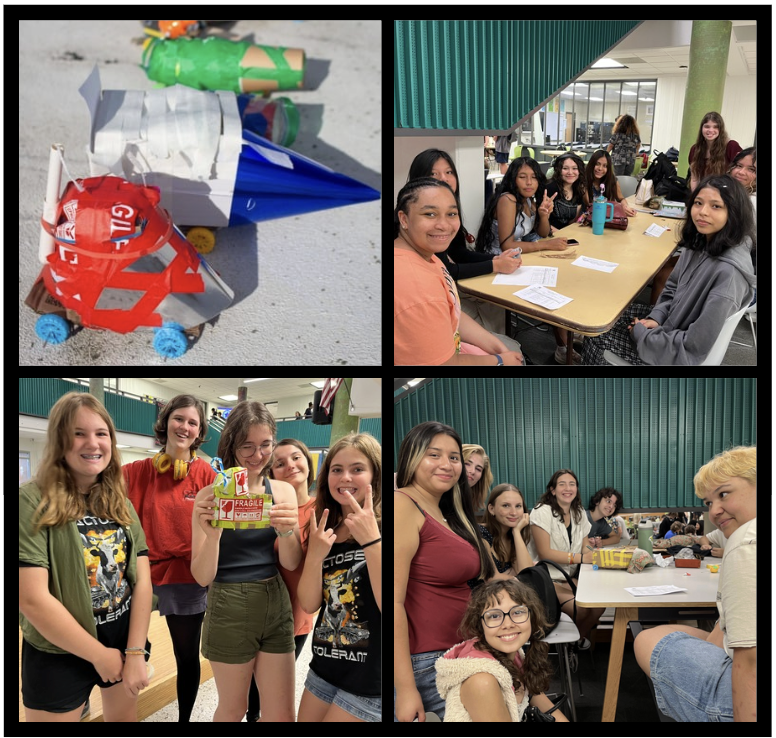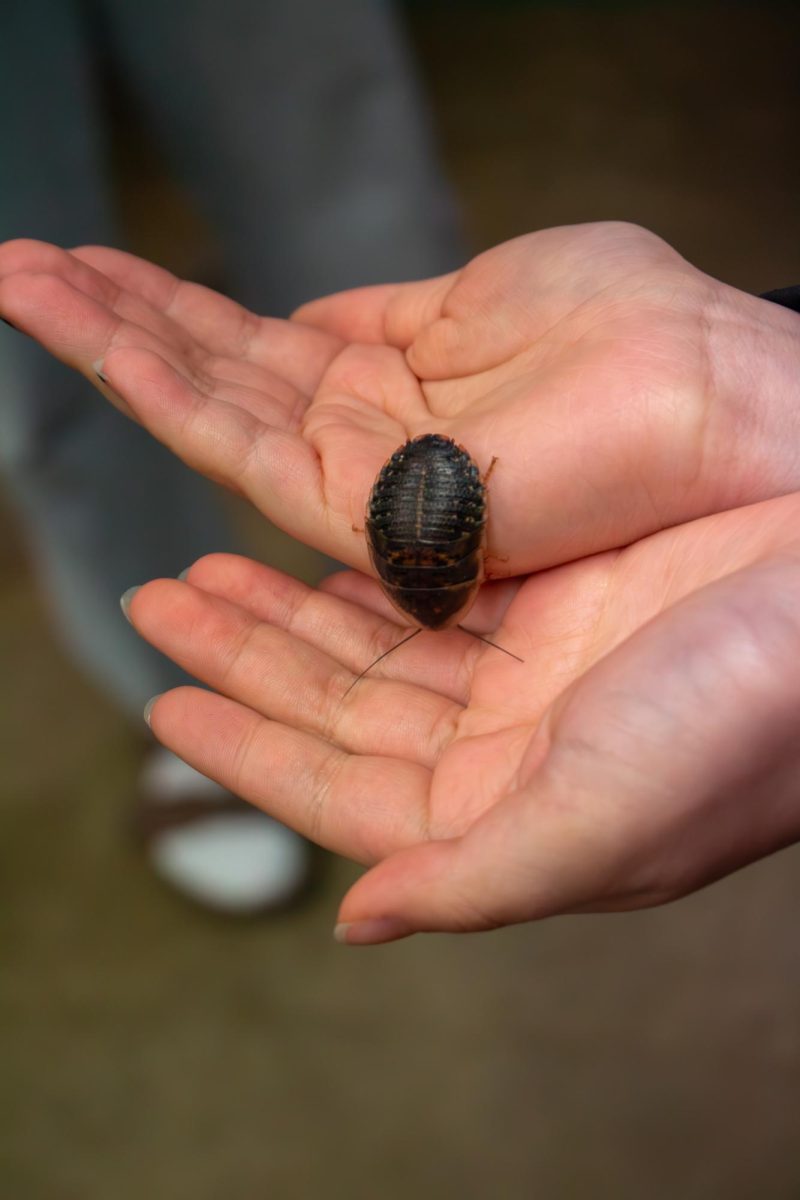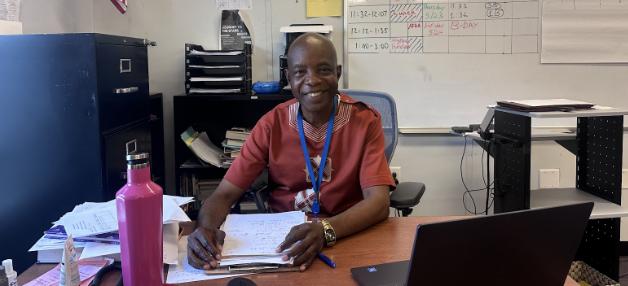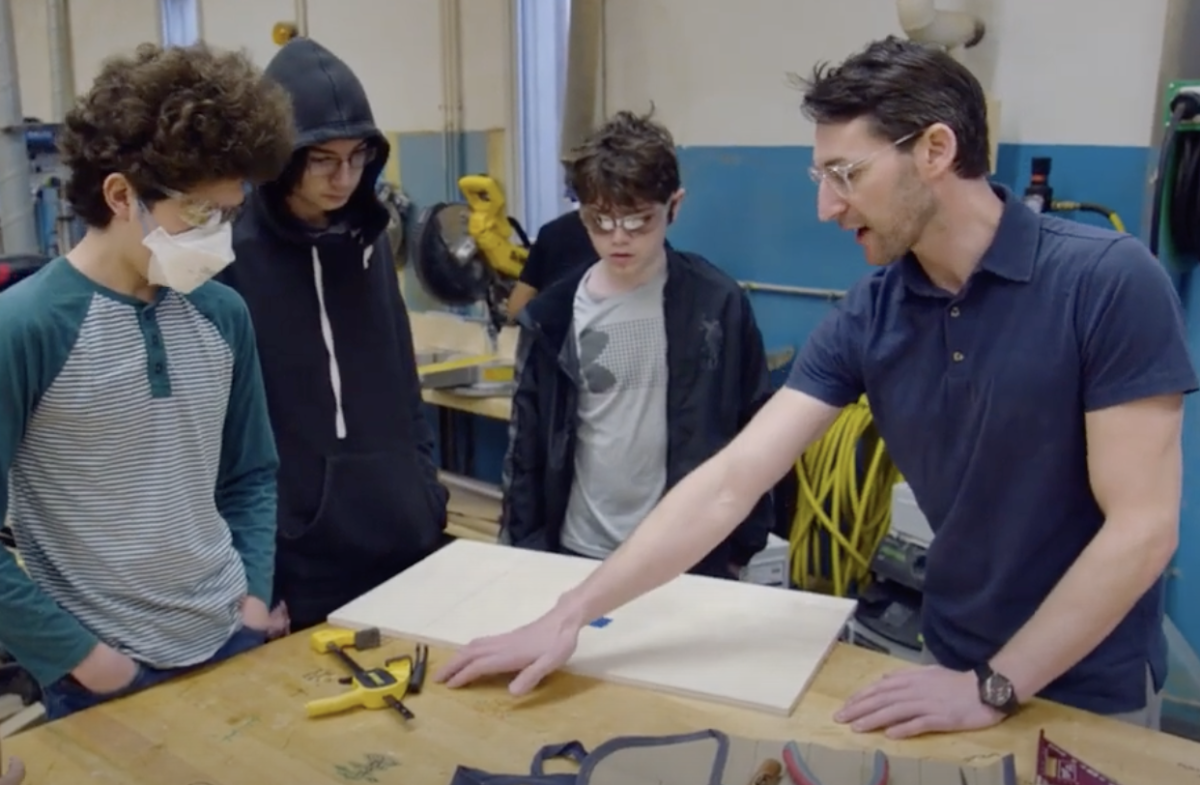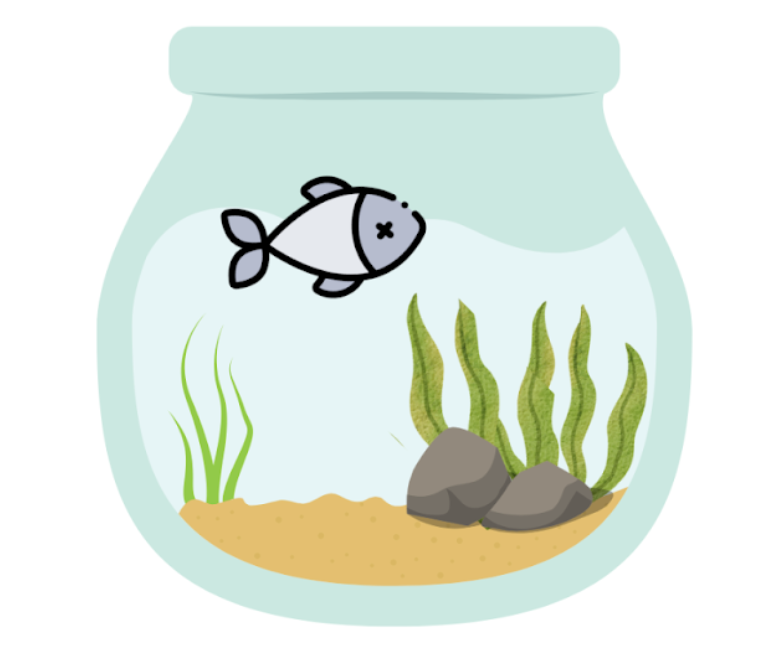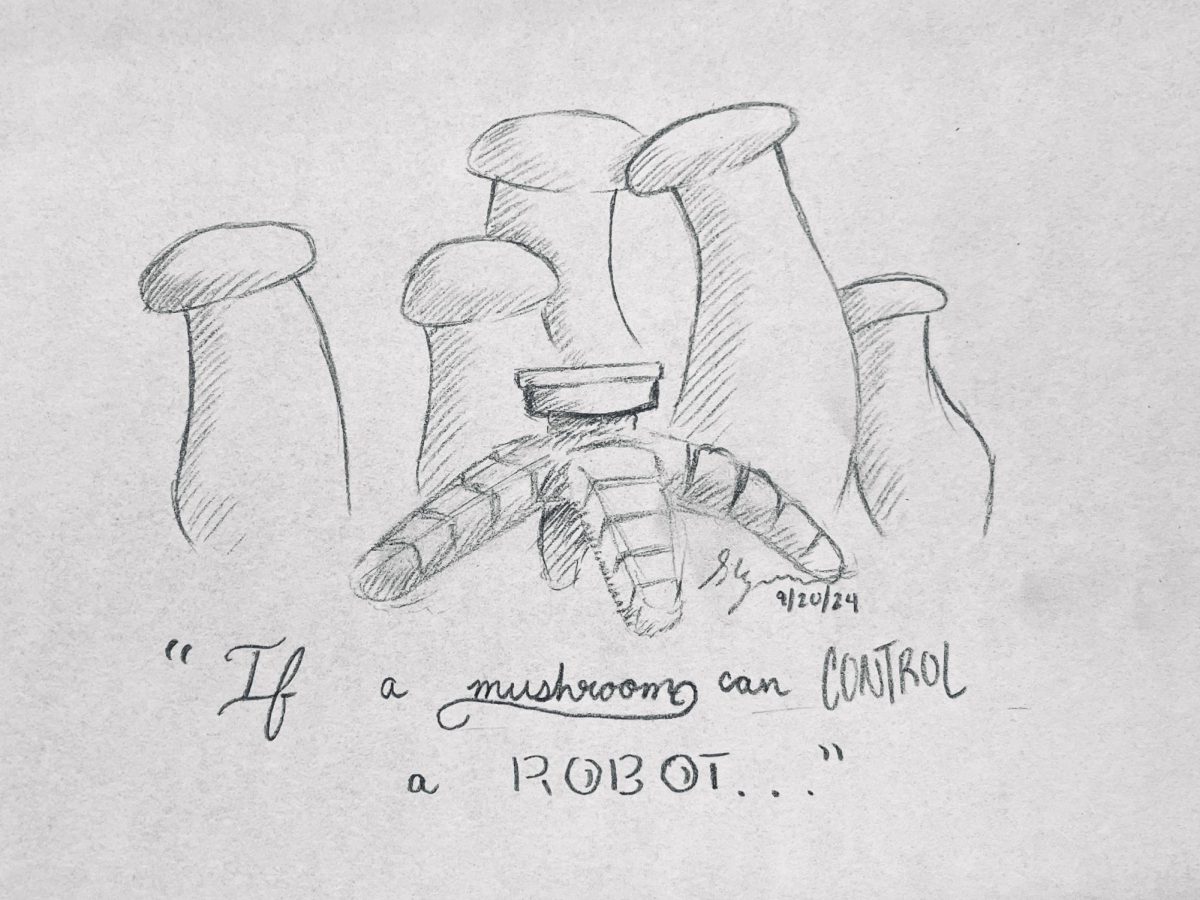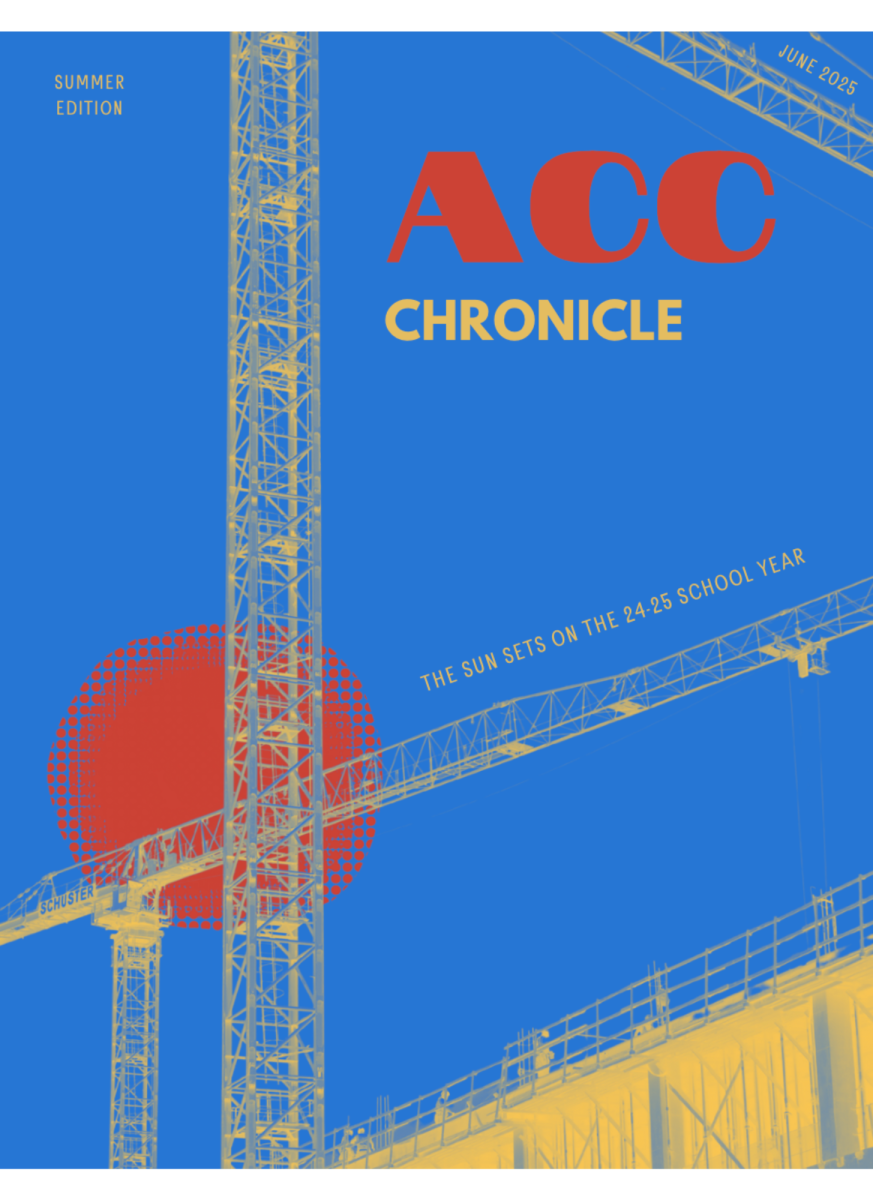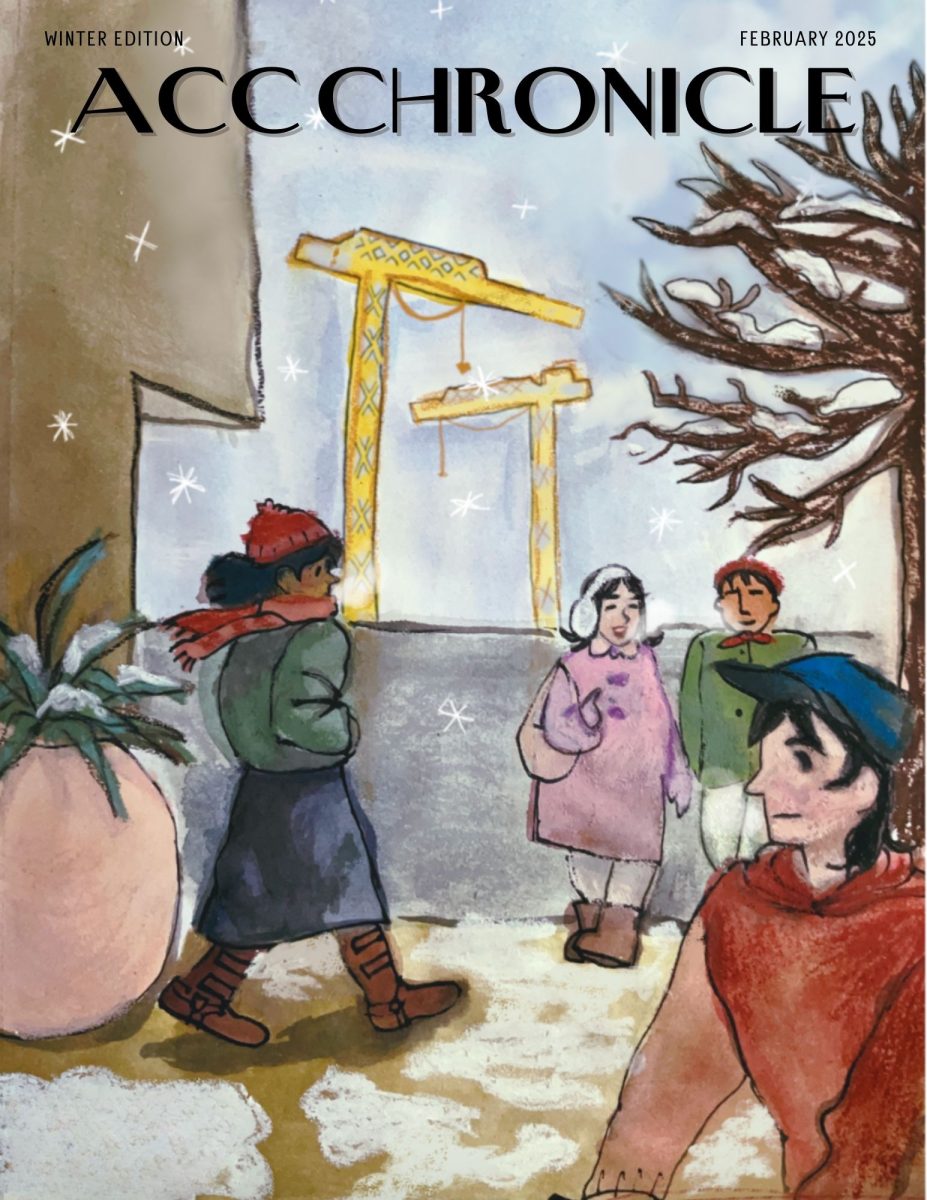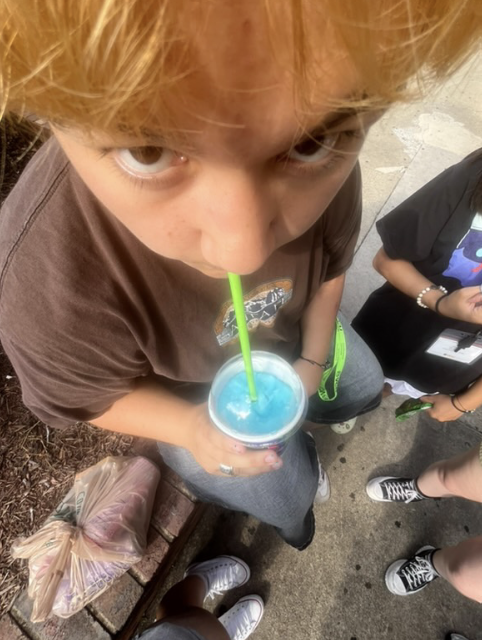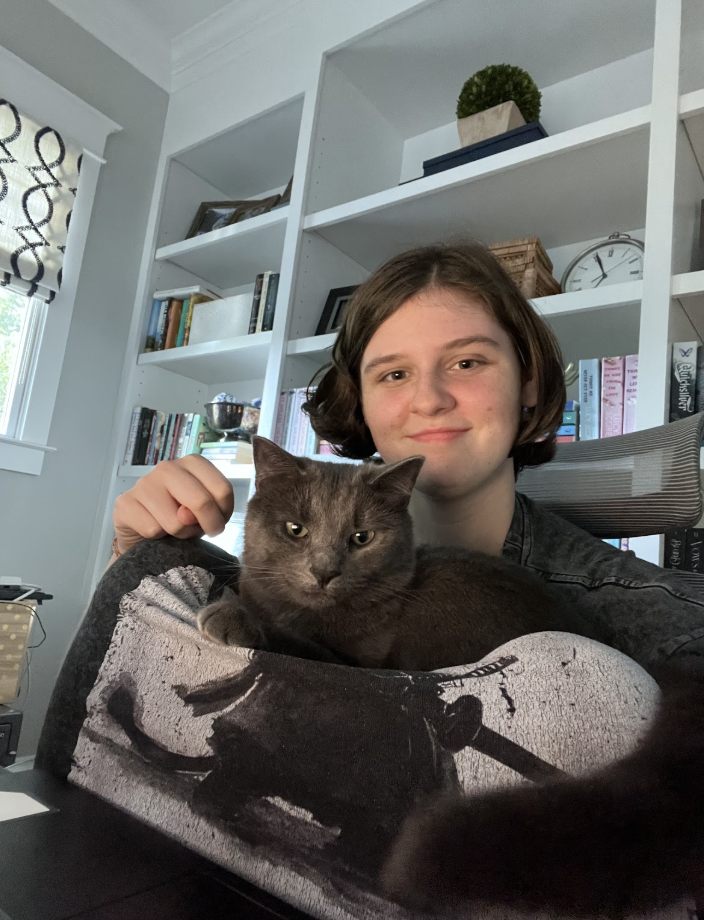For the past several decades, amphibians across the globe have been under attack. A fungal infection known as the chytrid fungus, or Batrachochytrium dendrobatidis (Bd), has led to the extinction of at least 90 species of amphibians, “and severely affected hundreds of others,” according to Scientific American. However, researchers have been able to develop a treatment that even humans would enjoy: a nice stay at the sauna.
Treatments and Saunas
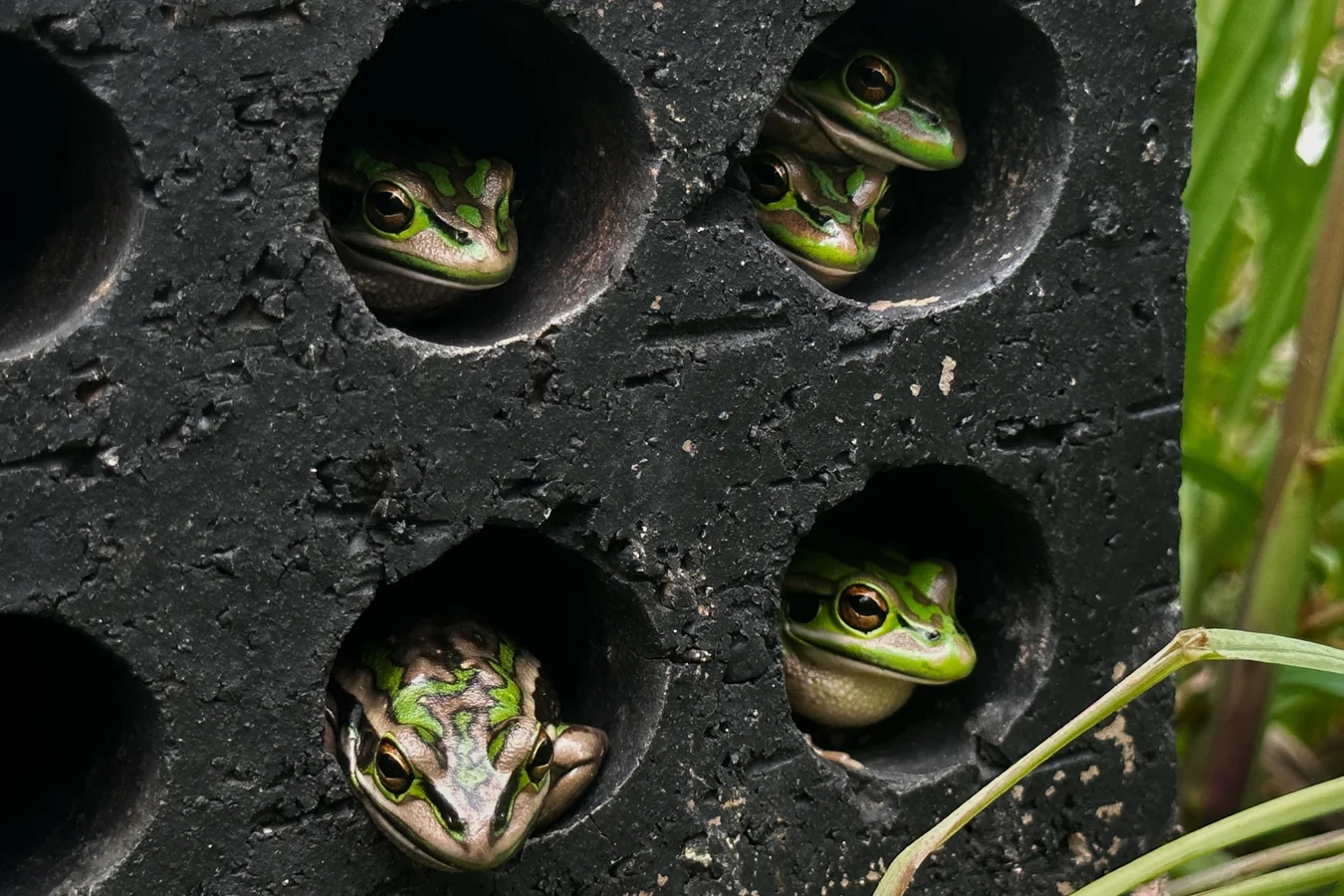
The main weakness of Bd is its inability to survive at higher temperatures. Exposing infected frogs to slightly higher temperatures leads to higher survival rates. In a study at Macquarie University in Australia, Anthony Waddle and colleagues placed stone bricks containing holes in direct sunlight near the homes of Australian Green and Gold Bell Frogs. Thus the frogs had a warm, sauna-like environment to rest and recover in. “The research was successful: Infected frogs recovered after spending time in the black, sun-heated bricks, and frogs that chose to use the refuges had less severe infections.” wrote National Geographic.
Limitations and Other Research
While results from the experiment seem promising, other amphibians besides the Bell Frogs might not benefit from the saunas. Amphibians adapted to colder climates, such as the alpine whistling tree frog or the Panamanian golden frog, would be unable to survive in the warmer temperatures. Getting rid of Bd and chytrid entirely is unrealistic, according to Waddle, who has stated it would be “equivalent to eradicating the common cold.” He instead advocates for multiple treatments to be used, depending on the context, to have the best chance at tackling the infection. There has been research regarding the possibility of vaccinating tadpoles using a smaller dose of the fungus done at Penn State. Others have experimented using chemical treatments with Science writing that, “In the lab, antifungal medications can cure the disease.” Even if the stone saunas themselves are not enough to help every amphibian, they are still a cost-effective way to help one species of frog and one step closer to finding a more permanent solution.



